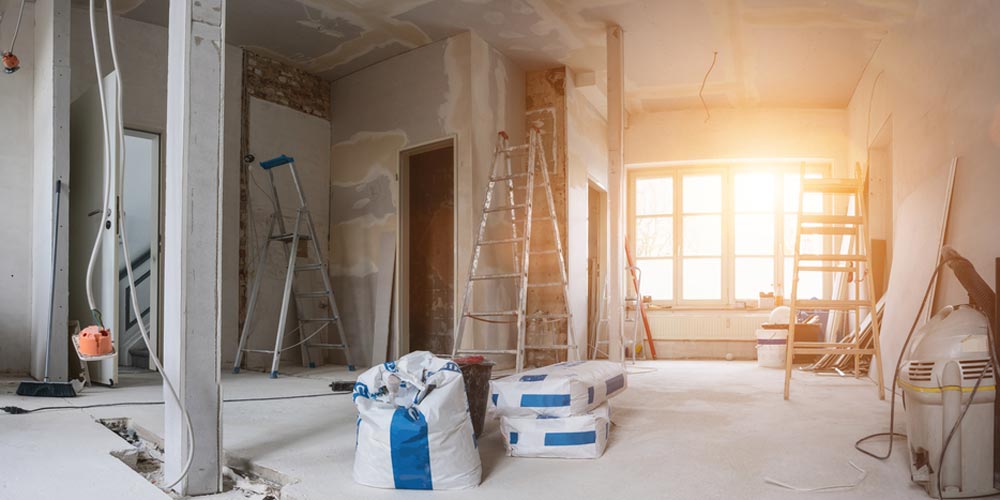Public Consultation on the Revision of Directive 2011/65/EU on restriction of the use of certain hazardous substances in electrical and electronic equipment (RoHS Directive)
Introduction
Context: Electrical and electronic equipment (EEE) is a highly diverse product group characterised by fast innovation cycles, which lead to continuous changes in equipment features, performance and materials used. EEE contains various hazardous substances, which could pose risks to the environment and human health during the EEE production and use, as well as during the collection, treatment and disposal of waste EEE (WEEE). The Circular Economy Action Plan (CEAP), which counts electronics as key product value chains, estimates that EEE is one of the fastest growing waste streams in the EU, with current annual growth rates of 2%. Directive 2011/65/EU (RoHS) currently restricts the use of ten hazardous substances in electrical and electronic equipment (EEE), in particular with regard to related waste management challenges, and related workers’ protection. By establishing mechanisms for restricting the use of such substances, the Directive aims to enable cleaner material cycles and environmentally sound treatment of waste EEE (WEEE), thus contributing to the circular economy and the protection of human health and the environment. It also aims to ensure the functioning of the Union market in a highly globalised sector, avoiding distortions of competition that might arise from differing product requirements. The Directive inspired similar laws in around 50 other jurisdictions around the world.
Purpose of the consultation: The European Commission is working on an impact assessment in support of a possible revision of the RoHS Directive. The purpose of this consultation is to collect information and views from stakeholders on how the RoHS Directive could be improved in order to maintain its relevance…
EuroWindoor answer to the public consultation on revision of RoHS Directive
